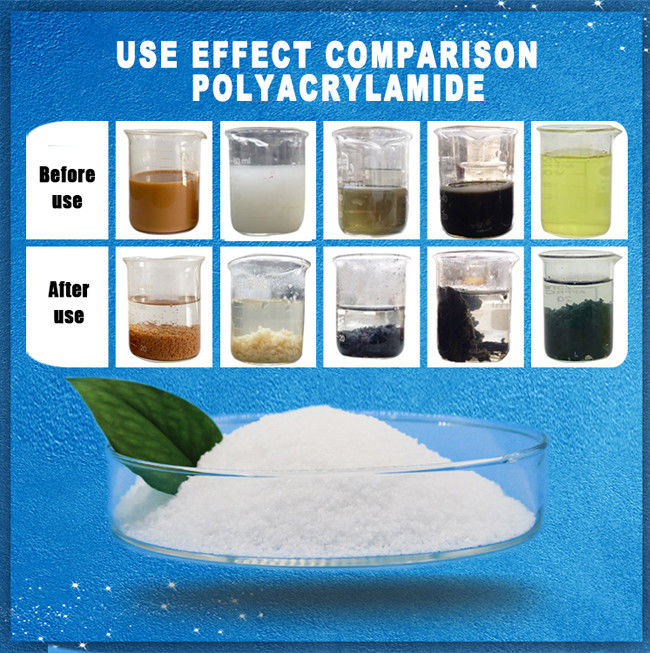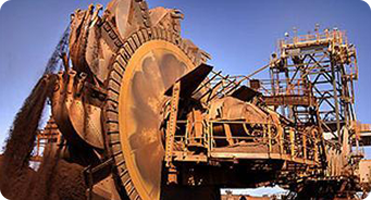Polyacrylamide is a high molecular polymer widely used in sand washing fields, and it has excellent precipitant properties. The sewage in the sand-washing field mainly contains a large amount of sediment and impurity-suspended matter, and the turbidity of the sand-washing sewage is high. In the sand washing field, polyacrylamide is mainly used as a solid-liquid separating agent to remove the sediment in the sandy mud. plays an important role in the process of solids and suspended solids.
Adding polyacrylamide can effectively reduce the amount of sediment in the treatment pool and make the pool water more transparent. Sand-washing plants usually use rotating salons and screens to separate sand from mud and separate water from mud. However, even with these treatments, some fine particles remain in the mud, which can cloud the color of the water. In this case, polyacrylamide can act as a dispersant to disperse these residues in the water, thus making the water clearer. The treated sewage can not only be recycled but also the sediment produced after the treatment can be landfilled after being processed by the filter press without causing pollution.
In addition, polyacrylamide can also be used as a degradation agent to decompose and dilute harmful substances such as heavy metal ions remaining in the sand washing field, reducing the impact on the environment. Its application can also enable more water resources to be recycled and utilized, enhancing the contribution to environmental protection.
In short, polyacrylamide is widely used in sand washing fields, effectively reducing the discharge of pollutants and wastewater and protecting the environment. Its excellent precipitant performance and degradant performance can effectively treat pollutants and wastewater, improve water quality, and benefit environmental protection and sustainable development.


